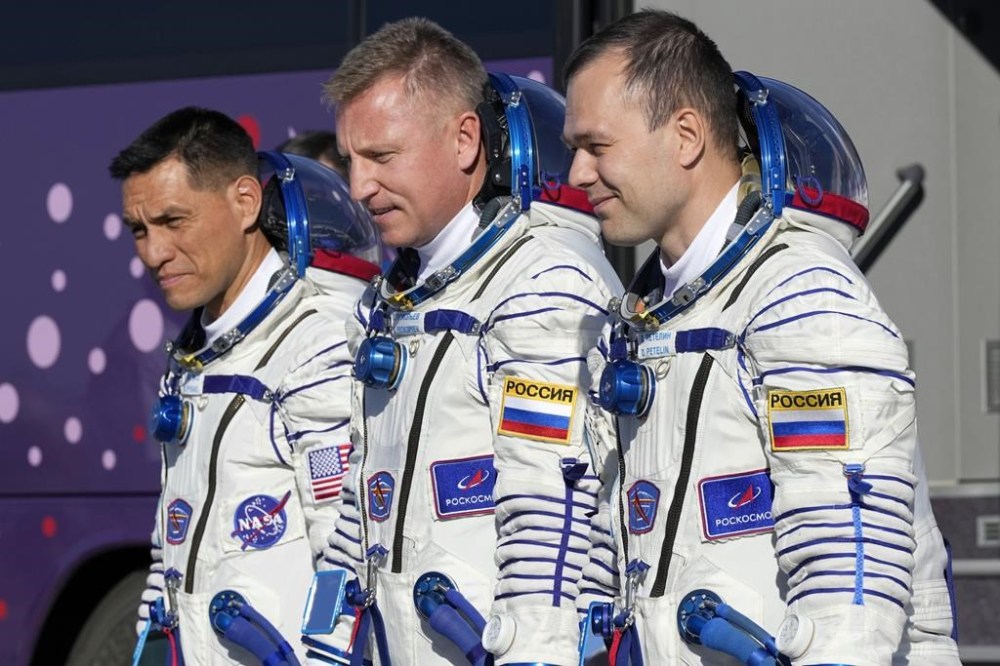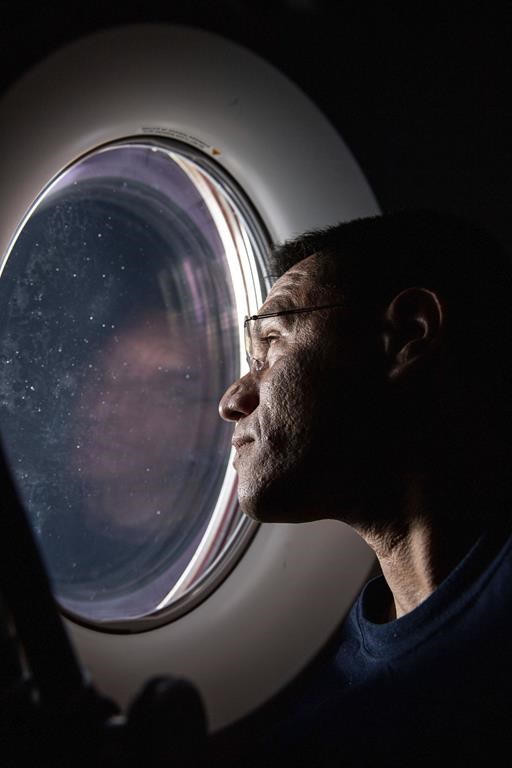Three astronauts return to Earth after a year in space. NASA’s Frank Rubio sets US space record
Advertisement
Read this article for free:
or
Already have an account? Log in here »
We need your support!
Local journalism needs your support!
As we navigate through unprecedented times, our journalists are working harder than ever to bring you the latest local updates to keep you safe and informed.
Now, more than ever, we need your support.
Starting at $15.99 plus taxes every four weeks you can access your Brandon Sun online and full access to all content as it appears on our website.
Subscribe Nowor call circulation directly at (204) 727-0527.
Your pledge helps to ensure we provide the news that matters most to your community!
To continue reading, please subscribe:
Add Brandon Sun access to your Free Press subscription for only an additional
$1 for the first 4 weeks*
*Your next subscription payment will increase by $1.00 and you will be charged $20.00 plus GST for four weeks. After four weeks, your payment will increase to $24.00 plus GST every four weeks.
Read unlimited articles for free today:
or
Already have an account? Log in here »
Hey there, time traveller!
This article was published 27/09/2023 (809 days ago), so information in it may no longer be current.
A NASA astronaut and two Russian cosmonauts returned to Earth on Wednesday after being stuck in space for just over a year. American Frank Rubio set a record for the longest U.S. spaceflight — a result of the extended stay.
The trio landed in a remote area of Kazakhstan, descending in a Soyuz capsule that was rushed up as a replacement after their original ride was hit by space junk and lost all its coolant while docked to the International Space Station.
What should have been a 180-day mission turned into a 371-day stay. Rubio spent more than two weeks longer in space than Mark Vande Hei, who held NASA’s previous endurance record for a single spaceflight.

Russia holds the world record of 437 days, set in the mid-1990s.
The Soyuz capsule that brought Rubio and cosmonauts Sergey Prokopyev and Dmitri Petelin back was a replacement launched in February. Russian engineers suspect a piece of space junk pierced the radiator of their original capsule late last year, midway through what should have been a six-month mission. Engineers worried that without cooling, the capsule’s electronics and any occupants could overheat to dangerous levels, so the craft returned empty.
There wasn’t another Soyuz to launch a fresh crew until this month. Their replacements finally arrived nearly two weeks ago.
“No one deserves to go home to their families more than you,” the space station’s new commander, Denmark’s Andreas Mogensen, said earlier this week.
Prokopyev told ground controllers throughout the descent that all three were feeling good. They experienced more than four times the force of gravity as their capsule streaked through the atmosphere and came to a touchdown in the barren Kazakh steppes. Helicopters moved in with recovery crews to fetch the astronauts.
“Rubio’s record ride comes to an end,” NASA commentator Rob Navias said from Mission Control in Houston.
Rubio, 47, an Army doctor and helicopter pilot, said at a news conference last week that he never would have agreed to a full year in space if asked at the outset. He ended up missing important family milestones including the oldest of his four children finishing her first year at the U.S. Naval Academy and another heading off to West Point.
Rubio said the psychological aspect of spending so long in space was tougher than he expected.
“Hugging my wife and kids is going to be paramount, and I’ll probably focus on that for the first couple days,” he said.

Rubio may hold on to this record for a while. NASA has no plans as of now for more yearlong missions.
It was the first spaceflight for Rubio and Petelin, 40, an engineer. Prokopyev, 48, an engineer and pilot, has now pulled two long station stints.
They logged 157 million miles (253 million kilometers) since launching from Kazakhstan last September and circled the world nearly 6,000 times.
___
The Associated Press Health and Science Department receives support from the Howard Hughes Medical Institute’s Science and Educational Media Group. The AP is solely responsible for all content.
